This post may contain affiliate links. Please read my disclosure and privacy policy.
This Vegan Pie Crust is naturally gluten-free and dairy-free, and made with just 5 ingredients. It’s the perfect base for practically any pie!
I don’t know about you, but I’ve always been intimidated by making my own pie crust. I’ve done graham cracker crusts before, where you crush store-bought crackers together with butter and press the mixture into a pan, but there’s something about rolling out a pie crust that has always intimidated me.
If you feel the same way, I hope that this post will encourage you to give this easy pie crust a chance. I’ve made it over 10 times now, and I have yet to mess it up! Hopefully it will be fool-proof for you, too.
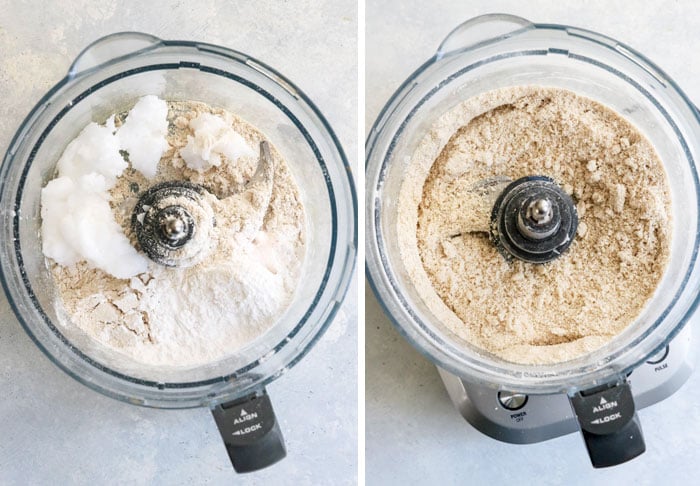
How to Make a Vegan Pie Crust
What I love about this recipe is that a food processor does the majority of the work for you. I don’t own a pastry cutter, because I don’t make pie crust often enough to justify it, so I relied on the food processor to break up the cold coconut oil and distribute it throughout the flour. It works amazingly well!

Vegan Pie Crust with Coconut Oil
Just like a traditional pie crust, you want to use cold/solid coconut oil so that the crust becomes buttery and easy to cut. Since I bake pies in the colder months, this works out perfectly because my coconut oil is already very solid sitting out at room temperature.
If your kitchen happens to be warm and your coconut oil is liquid, I’d recommend measuring it, then put it in the fridge until solid. (That way it’s already measured when you’re ready to make your pie crust.)
You use cold water with this recipe so that the coconut oil doesn’t melt while you work with the dough. I simply use water from my fridge door, which is chilled, but if you’re using water from your faucet you might want to put a couple ice cubes in it before measuring so that your water is really cold.
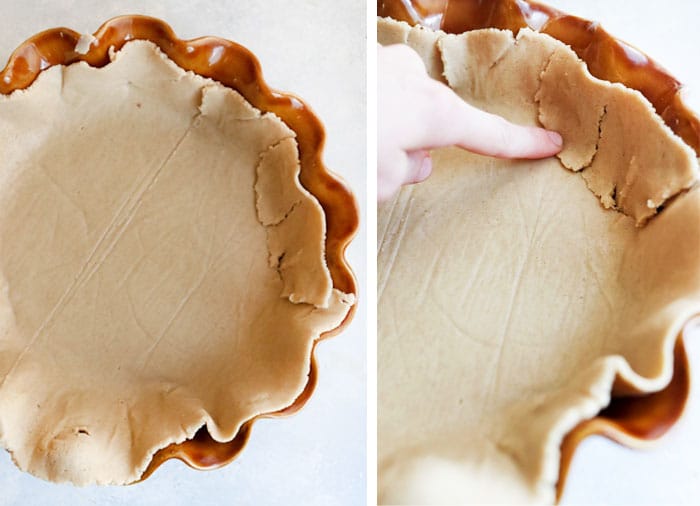
This vegan pie crust isn’t exactly like one made with real butter and white flour, but it’s certainly the best gluten-free pie crust I’ve ever made! I hope you’ll enjoy it.
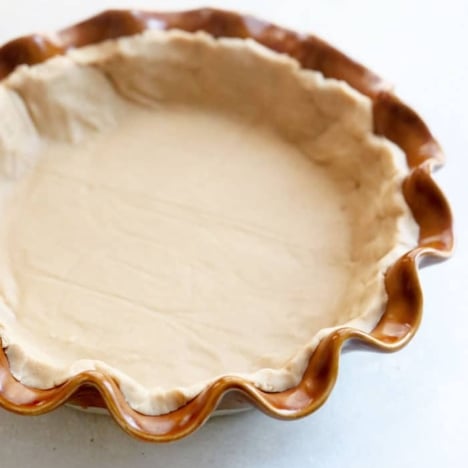
Ingredients
- 1 1/4 cups oat flour (certified gluten free)*
- 3 tablespoons tapioca starch (or arrowroot)
- 1/4 teaspoon fine sea salt
- 1/3 cup coconut oil (solid)
- 2 tablespoons maple syrup
- 3 tablespoons ice cold water
Instructions
- Preheat your oven to 350ºF and have a 9-inch pie dish ready. (No need to grease it.)
- In the bowl of a large food processor fitted with an "S" blade, add in the oat flour, tapioca starch, salt, and coconut oil. Secure the lid and press the "pulse" button several times until the coconut oil has disappeared into the flour. The mixture should look like a crumbly flour. (If you have a pastry cutter, you can use that instead of the food processor.)
- Add in the maple syrup and cold water, and pulse the mixture again until the dough comes together. It's normal for it to stick together and start to form a ball. Be careful not to run the food processor for too long, as you don't want to warm up the coconut oil. As soon as it looks like pie dough, you're done with the mixing part!
- Lay a large sheet of parchment paper on your counter and place the ball of dough in the middle of it. Lay another large sheet of parchment paper over the dough ball and press is down with your hands to start to flatten out the ball into a crust.
- Use a rolling pin over the top layer of parchment paper and roll the pie dough out until it's roughly 11 or 12 inches in diameter, to fill a 9-inch pie plate with room to go up the sides of the pan.
- Once the crust is rolled out, remove the top layer of parchment paper. Carefully lift the crust up using the bottom piece of parchment paper and flip it over onto your hand. Use both hands to gently lower the crust into your pie pan and remove the parchment paper (that's now on top of the crust) once it's in place. You'll need to use your fingers to press the pie crust into the corners of the pan, and you might need to break off pieces of the crust that are overflowing from the edges. Feel free to use pieces of the dough to repair any holes-- just press extra dough into any spots that break. Use your fingers to flatten the edges of the crust for a smooth look.
- For a pie that will be baked, like my vegan pumpkin or vegan pecan pie, this is the time to add your filling. This crust works very well for pies that need to cook for up to 45 minutes. At 55 minutes, the edges start to get too brown, so you might need to cover them if your recipe calls for a baking time that long.
- For a cold pie filling, like my French Silk Pie, you can bake this crust on its own for 15 to 20 minutes, until lightly browned. Let it cool completely, then fill it!
Video
Notes
Nutrition
Per slice: Calories: 142, Fat: 8g, Carbohydrates: 14g, Fiber: 0g, Protein: 2g
Recipe Notes:
- I haven’t tested this crust with other flours yet. It took a long time to get this one right! I imagine that you might be able to use a gluten-free flour blend instead of the oat flour + tapioca starch combination, so please let us know in a comment below if you give that a shot.
- I prefer making this pie crust with maple syrup, but if you’d rather use coconut sugar you can replace the maple syrup with 1/4 cup of coconut sugar. In that case, use 5 tablespoons of water to help the crust come together. You could probably use honey instead of the maple syrup, if you don’t need a totally vegan crust, too. (Honey isn’t vegan.)
- If you don’t have coconut oil, I image a vegan butter or shortening would work in its place. I haven’t figured out a totally oil-free crust yet, but I’m working on that so stay tuned.
- If you are making a crust for a savory dish, I would leave out the maple syrup and use more cold water instead.
Reader Feedback: What’s your favorite type of pie? Have you made a crust using other flours? I’m working on versions for a gluten-free flour blend and almond flour, too.
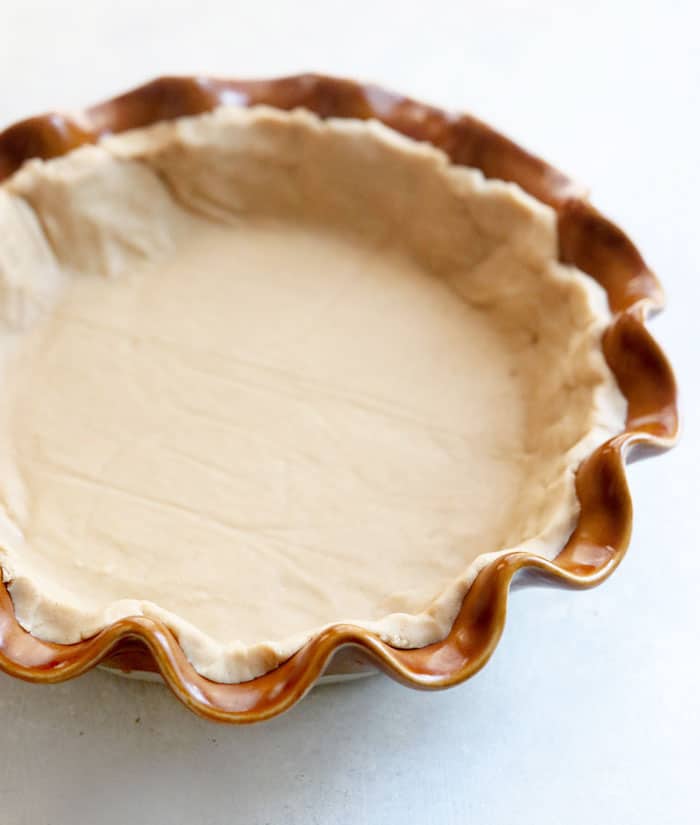



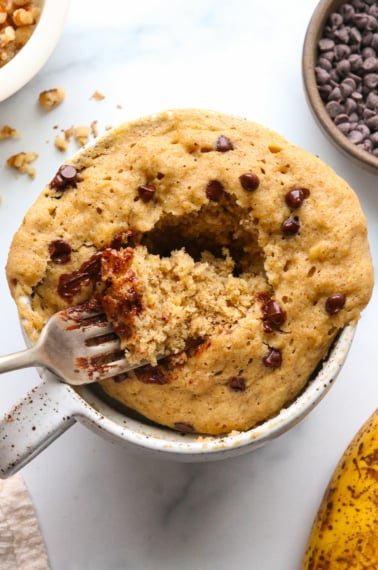
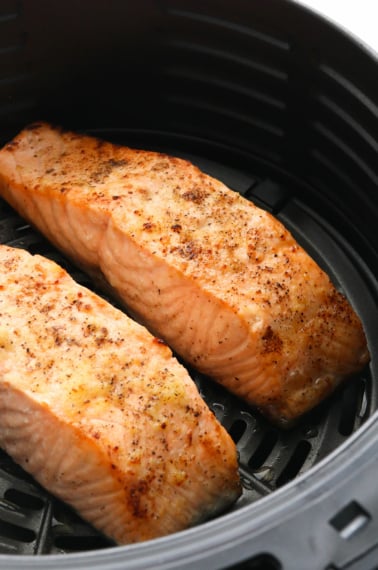
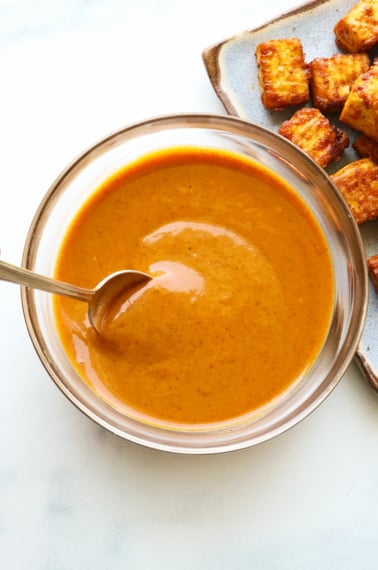
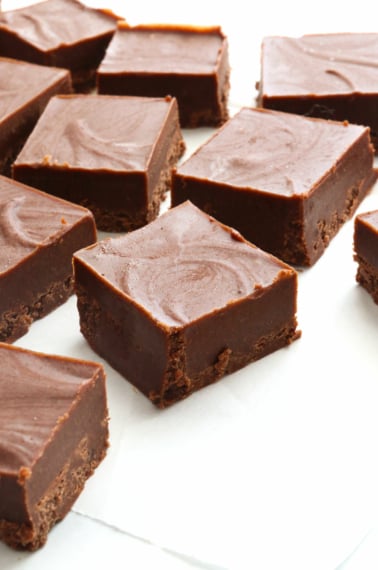






This was a terrible bitter crust.. I think leaving the arrowroot out would be better. I think that it made it taste bad.
Sounds like one of your flours went bad
I made this with your pumpkin pie filling and it was delicious! Can I double this pie crust recipe and will it work in the food processor with the recipe doubled?
I always double this recipe, and it fits easily and works fine in my medium sized food processor.
We used this recipe as a pot pie crust and it was perfect. We didnt have a good processor or pastry cutter, but a fork worked just fine. Excited to use it for our pecan pies next week!
I’m so glad you like it! Thanks for letting me know that a fork worked for you, too.
Hello
Thank you for your fantastic post.
Just a little input
I use dates instead of sugar Maple or honey, and use buckwheat flour instead of tapioca and gf flour.
In fact, I made a crust of walnuts and dates only with a little vanilla, and almonds meal.
Thanks and hopefully I don’t ruin your post
Yael
Was perfect for mini pumpkin pies. Will make it again!
I was so excited to try this for gluten free pumpkin pie. I followed directions exactly, and just pulsed the mixture. It turned to a batter as soon as I added the 2 TB maple and 3 TB cold water .My coconut oil was solid. I’m thinking of pouring that into a pan and baking that like it is a shortbread crust. I will try another batch and see how it goes. I will only add the 2
TB maple and see if that is the issue.
I am having trouble with the crust. It is very crumbly and hard to roll out. What do you suggest i should do about rolling it out onto the pan?
If it’s crumbly I’d add another tablespoon of water to the dough until it’s easy to work with. It’s possible that you’d be able to just press the dough into the pan instead of rolling it out, but I haven’t done that with this particular recipe. Hopefully adding a splash of water will help with the texture!
Adding the water as Megan says is the ticket. And I have pressed this right into the pie plate by hand. Works fine.
This crust is delicious and I’m excited to use it to make desserts this holiday season!
Hi Megan, on the different flours: @glutenfreegirl has a wonderful selection of mix-your-own blends. She has since gone out of the recipe-making but her mixtures are really good. I have a A4 with the ratios hanging inside my kitchen cupboard door and mix as needed. I like the simplicity of your crust here and am going to try it with buckwheat. Thanks for your work here on line!
I don’t have a food processor – has anyone made this in a bender?